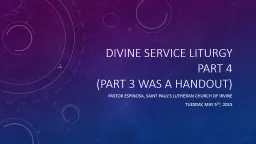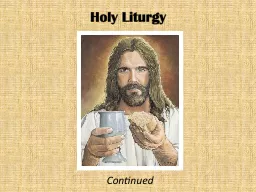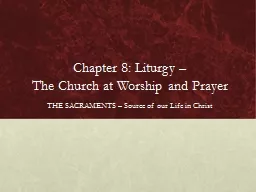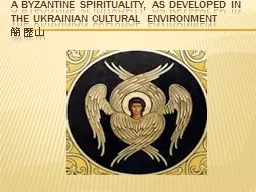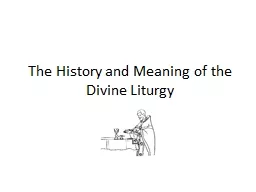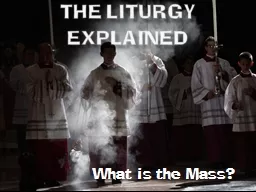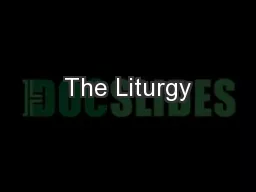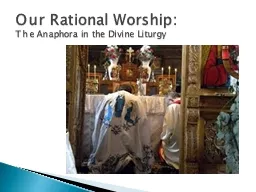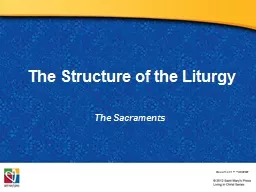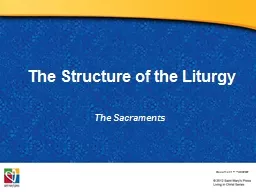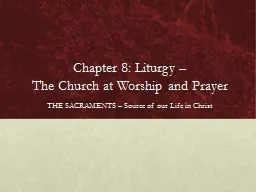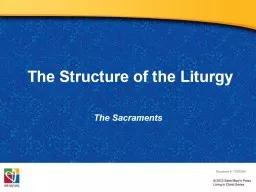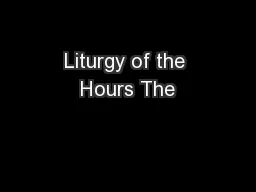PPT-Divine Service Liturgy Part 4
Author : mitsue-stanley | Published Date : 2019-01-31
Part 3 was a handout Pastor Espinosa Saint pauls Lutheran church of Irvine Tuesday may 5 th 2015 Check our hymnals Take the time to make sure we know exactly what
Presentation Embed Code
Download Presentation
Download Presentation The PPT/PDF document "Divine Service Liturgy Part 4" is the property of its rightful owner. Permission is granted to download and print the materials on this website for personal, non-commercial use only, and to display it on your personal computer provided you do not modify the materials and that you retain all copyright notices contained in the materials. By downloading content from our website, you accept the terms of this agreement.
Divine Service Liturgy Part 4: Transcript
Download Rules Of Document
"Divine Service Liturgy Part 4"The content belongs to its owner. You may download and print it for personal use, without modification, and keep all copyright notices. By downloading, you agree to these terms.
Related Documents

